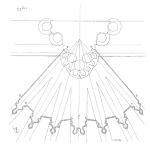
While watching a Survivor episode, a participant talked about his strategy for finding an idol. He said an approach used in optimization is called Breadth First Search. This video discusses the approach and how it applies to a Product Development process. [Read more…]











 Ask a question or send along a comment.
Please login to view and use the contact form.
Ask a question or send along a comment.
Please login to view and use the contact form.